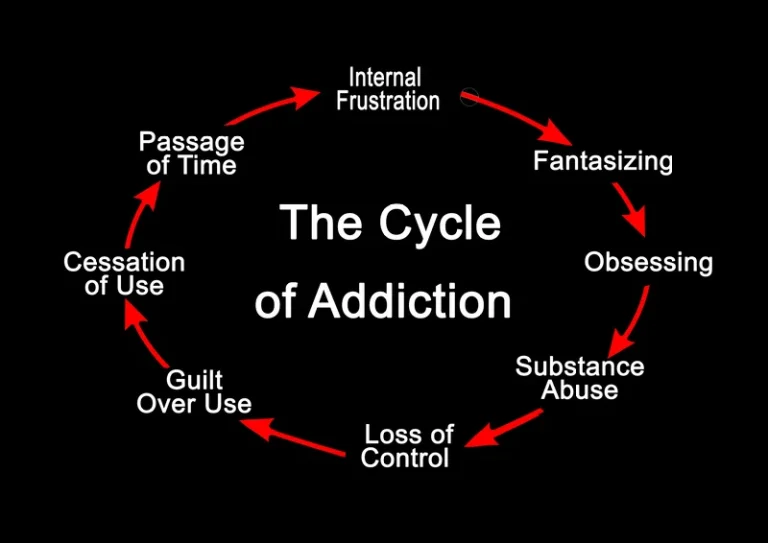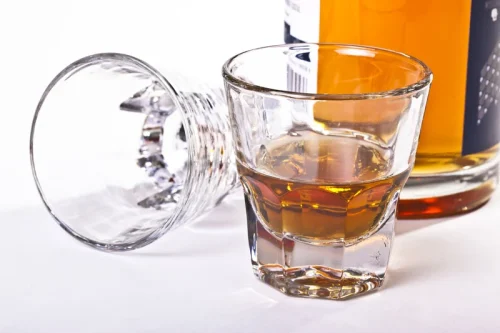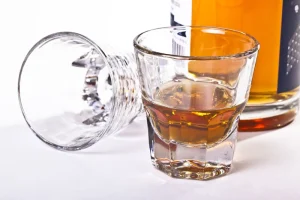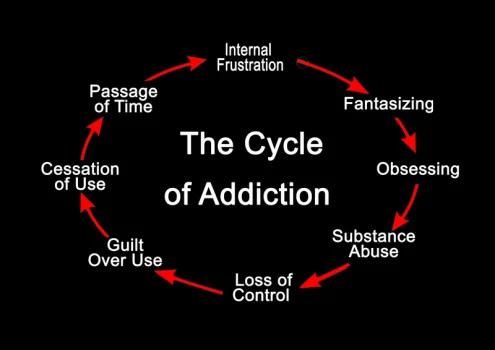
Of the alcoholism subtypes, functional individuals are less likely to relapse. They often have steady jobs, relationships, decent family incomes, and have accomplished a higher education. However, identifying similarities can help people identify what kind of alcoholic they are. In this blog article, we cover the different types of alcoholics and how they can seek help to stay sober. Outpatient treatment is less intensive than inpatient treatment but still effective for some people with AUD. It typically includes individual and group counseling and medication-assisted therapy like naltrexone (Vivitrol).
Understanding Outpatient Drug Rehabilitation: Programs and Benefits
Co-occurring disorders like depression, anxiety, and post-traumatic stress disorder (PTSD) can complicate alcohol use disorder. A special treatment approach, known as dual diagnosis treatment, is required to help people achieve their recovery goals. This group tends to start drinking younger (around 17) and also develops an alcohol dependence earlier (around 32).
What Are the 5 Alcoholic Subtypes?
Around one-quarter of the functional alcoholic demographic have had at least one major depressive episode in their lives as well. Depression and mood disorders commonly co-occur with alcohol abuse and can increase a person’s vulnerability to addiction. The functional alcoholic may be good at covering up emotional distress and issues with alcohol, and able to maintain outward appearances of success. It is well established that alcohol misuse—including binge drinking and heavy alcohol use—increases the risk of many short- and long-term consequences.
- It allows you to focus on recovery in an environment free from triggers and distractions.
- This post discusses five distinct categories of people who suffer from alcoholism.
- The young antisocial alcoholic subtype starts drinking at 15 and develops an AUD around 18.
- According to the Centers for Disease Control and Prevention (CDC), excessive drinking can shave an average of 29 years off a person’s life in the United States.
- The largest percentage of alcoholics fall into this group, as NIAAA publishes that 31.5 percent of all alcoholics in the United States fit this subtype.
- It emphasizes the need for comprehensive assessment and customized intervention strategies, which are crucial for effective recovery.
Alcohol Misuse
- Many drink heavily, and they tend to experience more alcohol-related problems than other drinkers.
- Acamprosate, disulfiram, and naltrexone are three medications approved by the United States Food and Drug Administration to treat alcoholism.
- Our online alcohol rehab provides you with your very own recovery coach who will guide you every step of the way.
- Treatment providers can help you to determine what form of treatment will be optimal for your specific needs and circumstances.
- Alcohol is one of the most widely used addictive substances in the U.S., with 84% of adults aged 18 and older having tried it in their lifetimes.
Alcoholism, or alcohol use disorder, affects millions of adults in the United States. Though we tend to lump people addicted to alcohol into a stereotype, there is no typical alcoholic. In fact, there are five subgroups of alcohol addiction that are recognized by the National Institutes of Health (NIH). Regardless of what kind of alcoholism profile someone fits into, alcohol addiction treatment remains the single best way to achieve recovery. Young antisocial alcoholics make up about 21% of alcoholics and typically start drinking in five types of alcoholics their mid-teens, with alcohol dependency developing in their early 20s.

Almost35%of young antisocial alcoholics have sought help for their alcohol dependence problems. They tend to go to self-help groups, alcohol detox programs, specialty treatment programs, and private health care providers. This subtype of alcoholics is generally in their mid-20s and started drinking young. Early episodes of binge and heavy drinking (binge drinking on five or more days in the same month) can elevate the risk for struggling with alcohol-related issues later in life. alcoholism People who fall into the young adult alcoholic subtype also rarely have a family history of alcoholism.

If you or someone you love falls into these categories, do not hesitate to reach out for support. Examples of support groups include Alcoholics Anonymous (AA), SMART Recovery, and Celebrate Recovery. Regular meetings can help you stay strong in your recovery and stick to important goals. The strong association between alcohol and these cancers has been known for decades, but the understanding of how and why has come more recently. Answering “yes” to two or more of these questions may indicate a drinking problem.

Medication-Assisted Treatment

For example, those in the chronic and severe subgroup tend to have the lowest socioeconomic status. This means that while they may benefit most from inpatient treatment, they may not be able to financially afford the cost. One way to help remove that barrier to treatment would be to support these people in seeking affordable insurance options, treatment grants, scholarships, or loans. Person-centered treatment helps provide treatment modalities that are most suited to the individual.
- This group tends to be middle-aged, though they begin drinking and develop dependence later in life.
- Co-occurring depression is present in around one-quarter of those who fall under the functional subtype, and around half smoke.
- Being aware of your risk of AUD can help you make changes to your drinking behaviors and address risk factors that are within your control.
- Remember, it’s never too late to seek help and make positive changes in your life.
Intermediate familial alcoholics are individuals who have a family history of alcoholism, and who may have grown up in homes where alcohol abuse was common. These individuals may have witnessed the negative impact of alcoholism in their family members and may have experienced trauma as a result. Functional alcoholics may not seek help until they experience a major crisis, such as a health scare or a DUI. It’s important to recognize the signs of functional alcoholism and seek help before it’s too https://ecosoberhouse.com/ late.
- These individuals become less inhibited and may engage in behaviors that are quite different from their sober selves.
- Both point to the success of anti-tobacco campaigns, which turned smoking from a hip activity featured in movies to unfashionable behavior.
- They drink approximately 201 days out of each year and usually consume five or more drinks per sitting.
- They are impulsive risk-takers who deliberately get drunk and are often boisterous and extroverted.
- And within that group, college students are most likely to engage in alcohol misuse and develop AUD.
- Individualized treatment programs delivered in a comfortable, relaxed setting promote healing in your recovery journey.
Chronic Severe Alcoholic FAQs
People with alcoholism need treatment to stop drinking and avoid relapsing. Support groups, therapy, and medication are commonly prescribed treatments that promote long-term sobriety. In conclusion, understanding the different types of alcoholics is an important step in addressing the complex issue of alcoholism.
Our alcoholism addiction therapy is tailored to each client’s needs, which is why we offer multiple levels of care. Not all clients prefer residential addiction therapy–or need that level of support. At Resurgence, our addiction specialists are able to meet each client where they are in their recovery journey. For those in the Beverly crest, California area seeking such personalized care, the drug rehab near Palo Alto is well-equipped to cater to diverse recovery needs and preferences.
